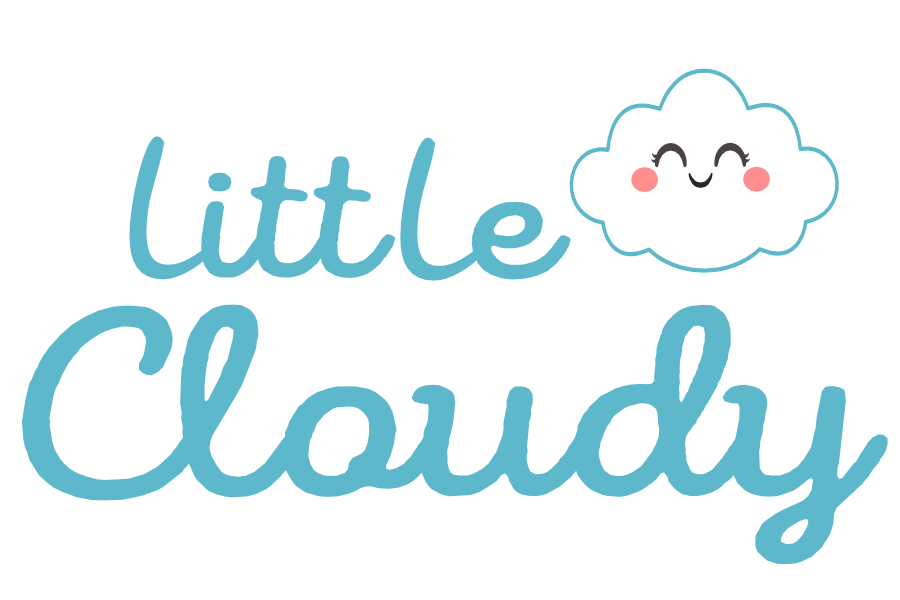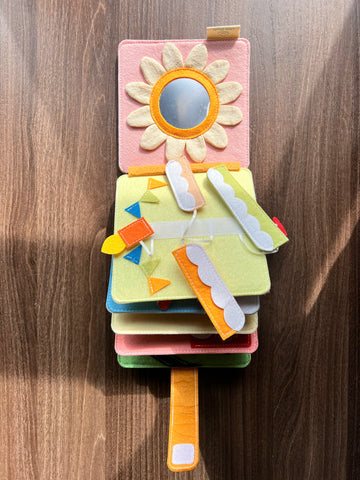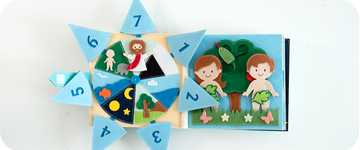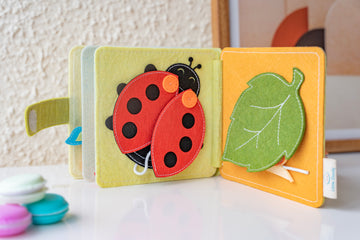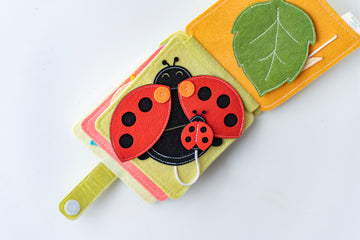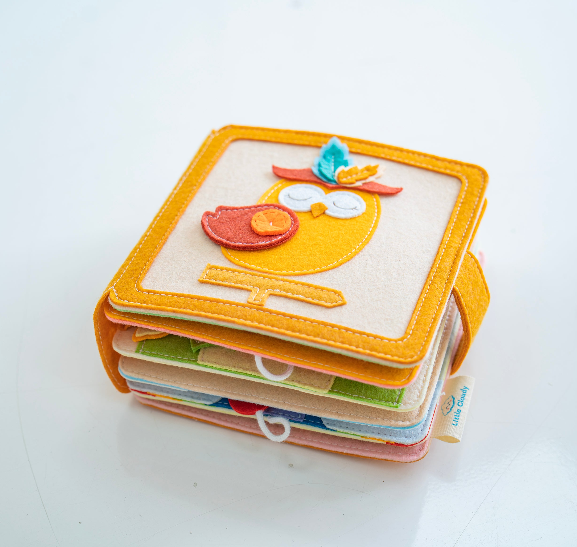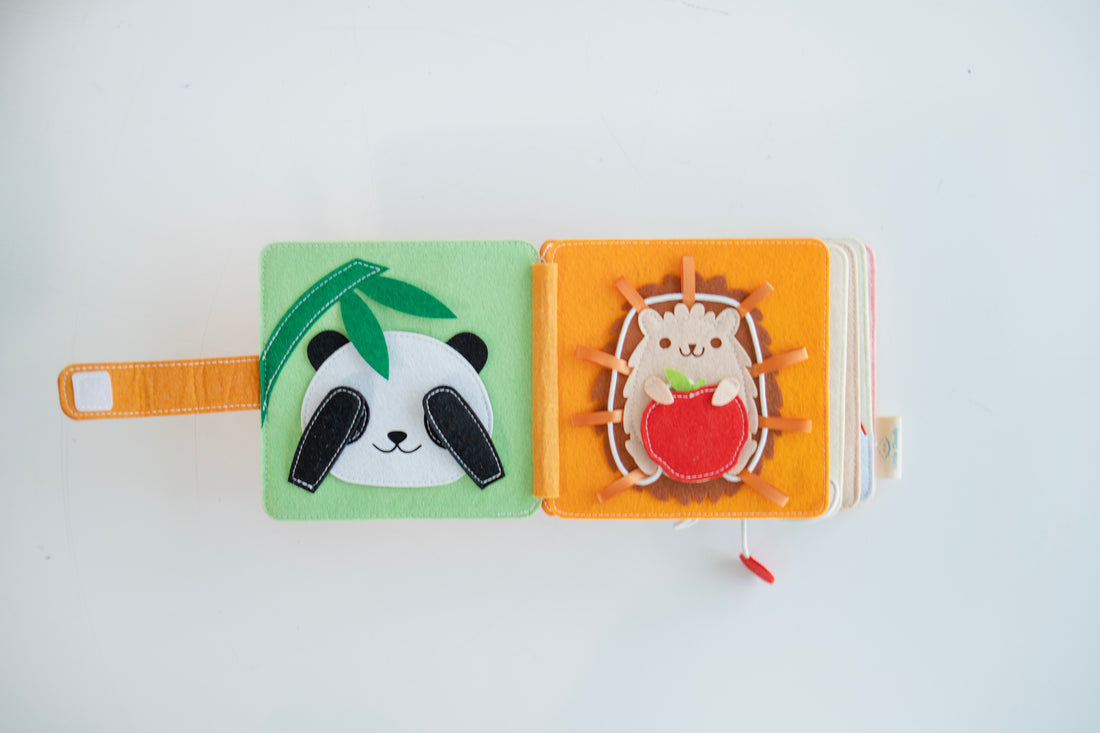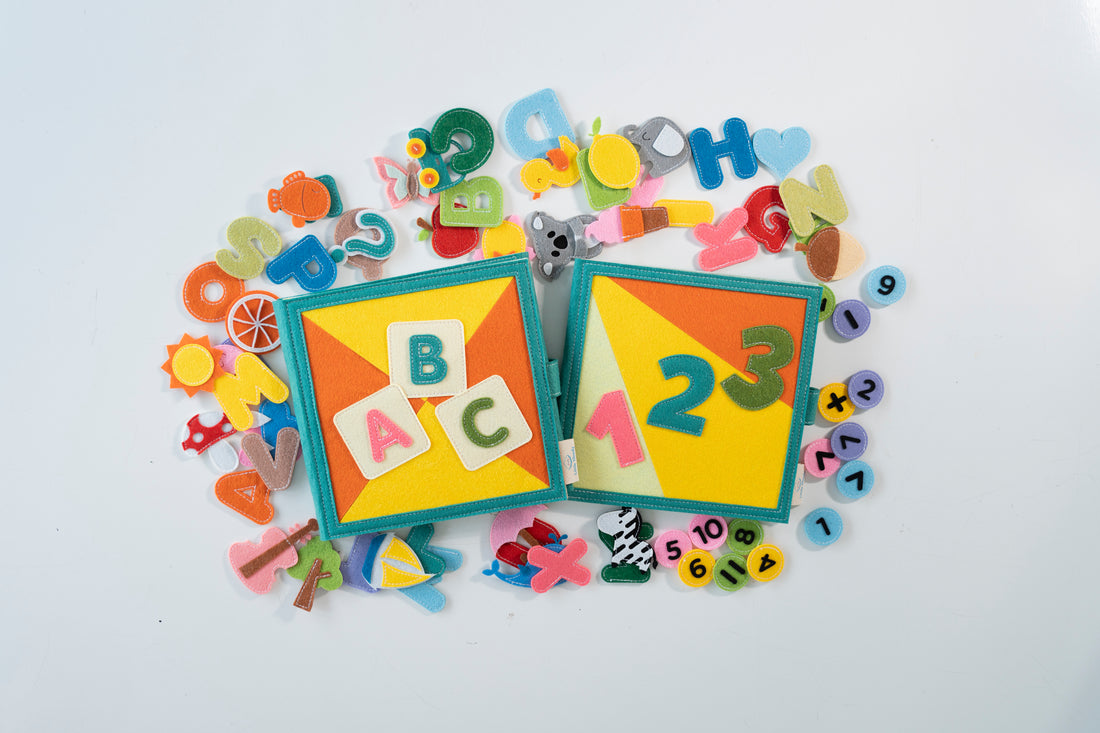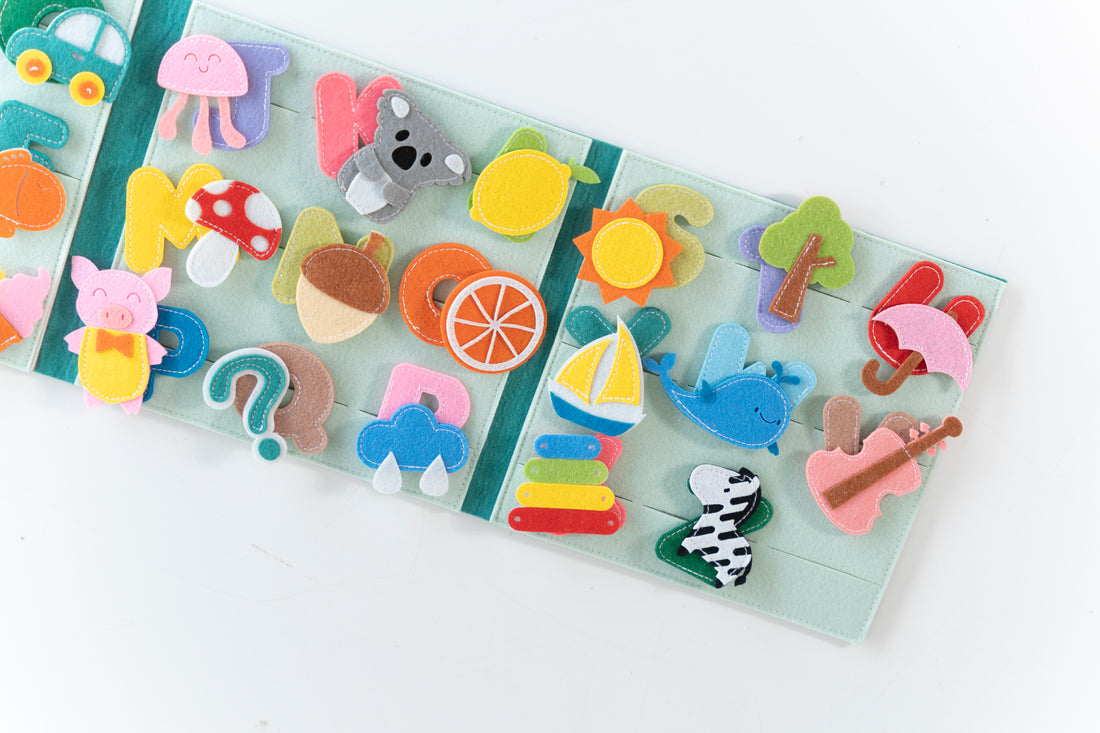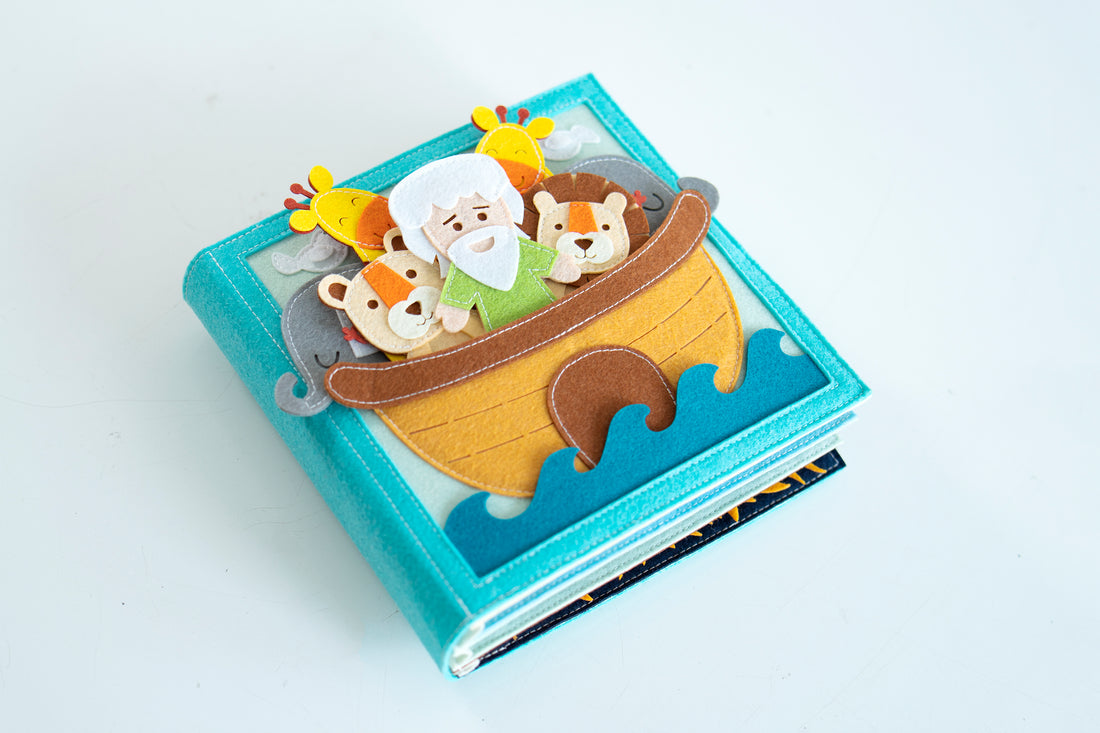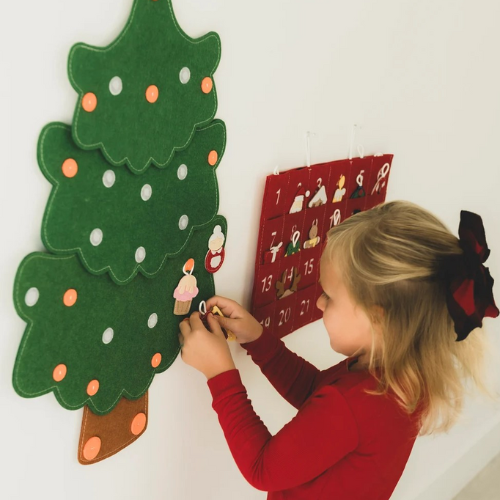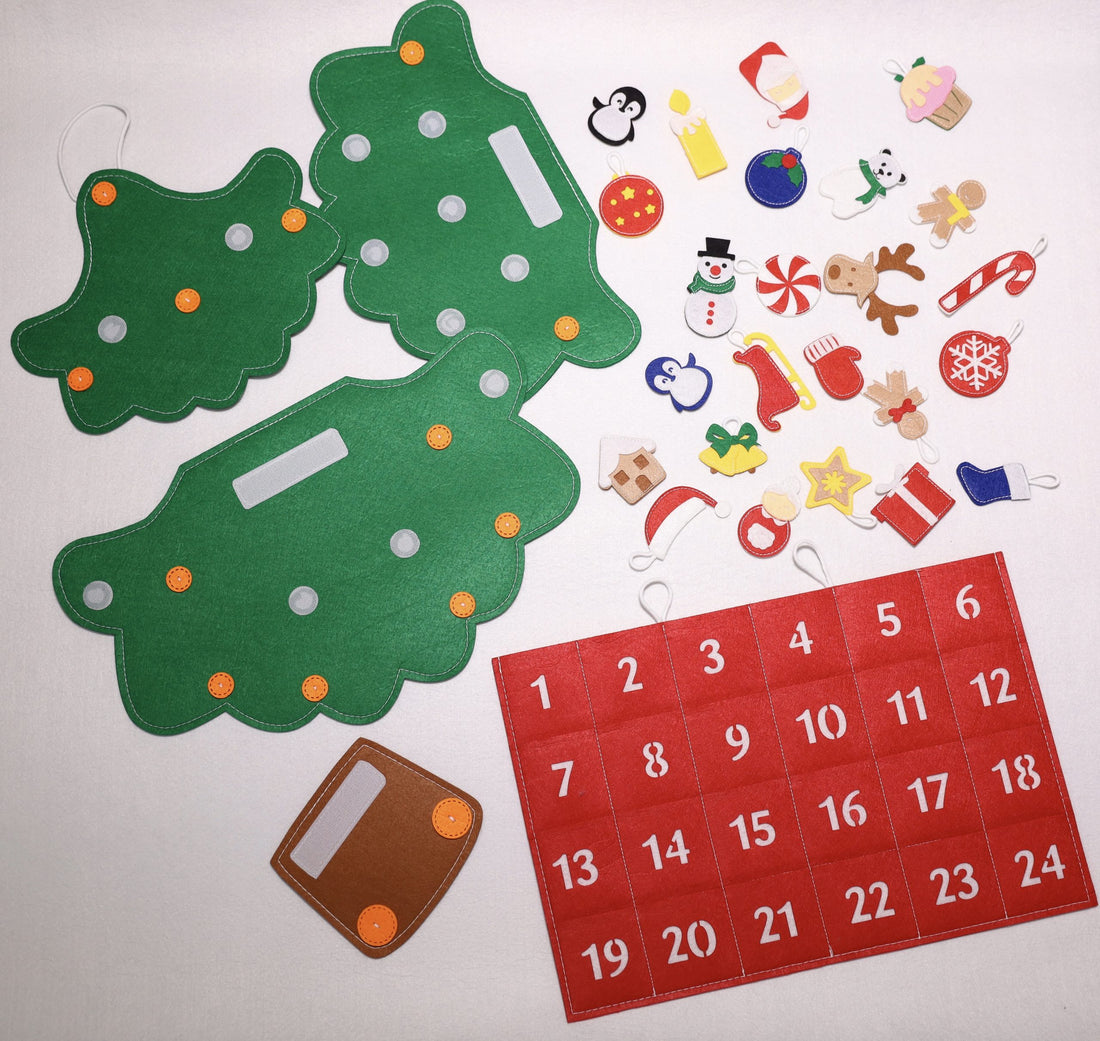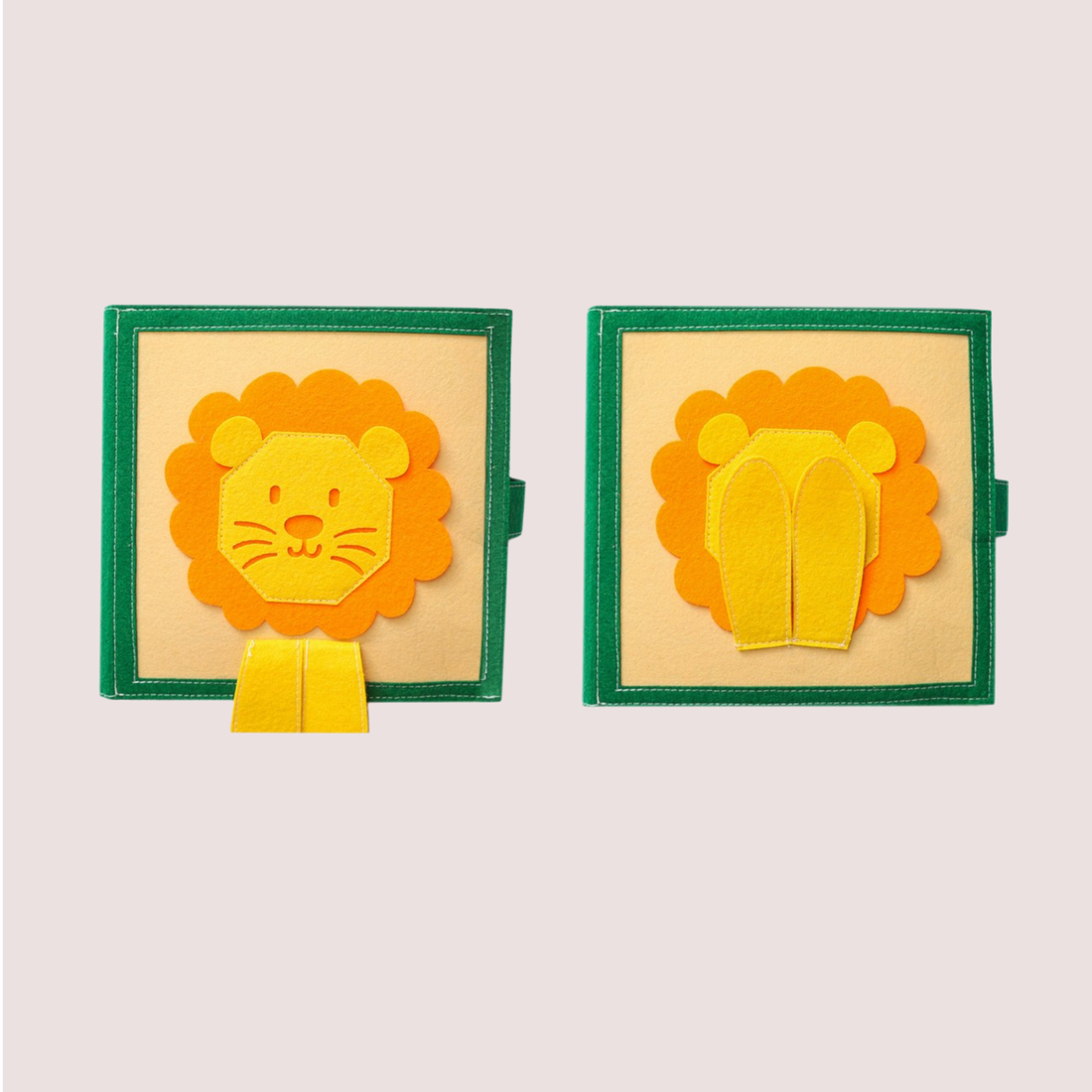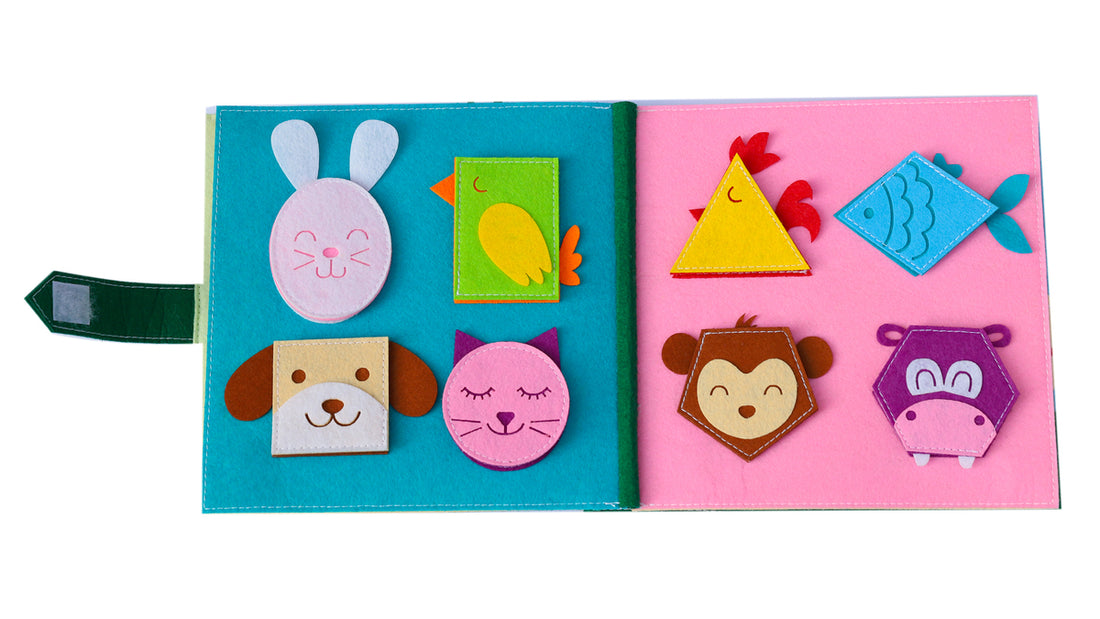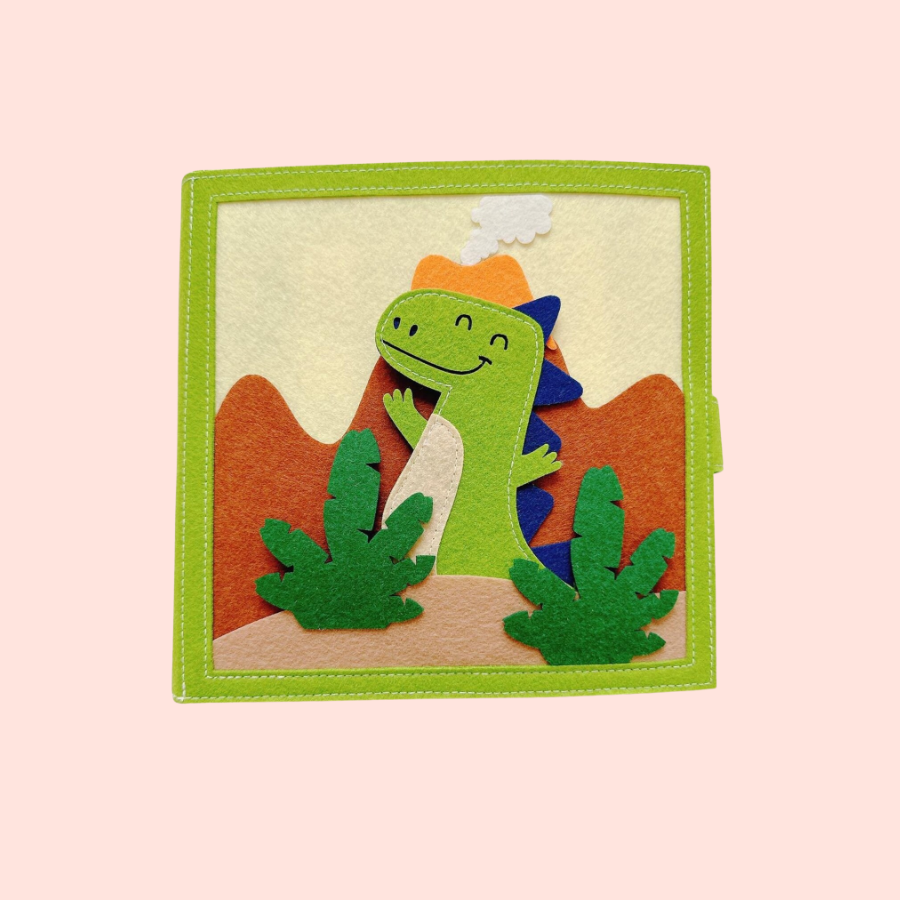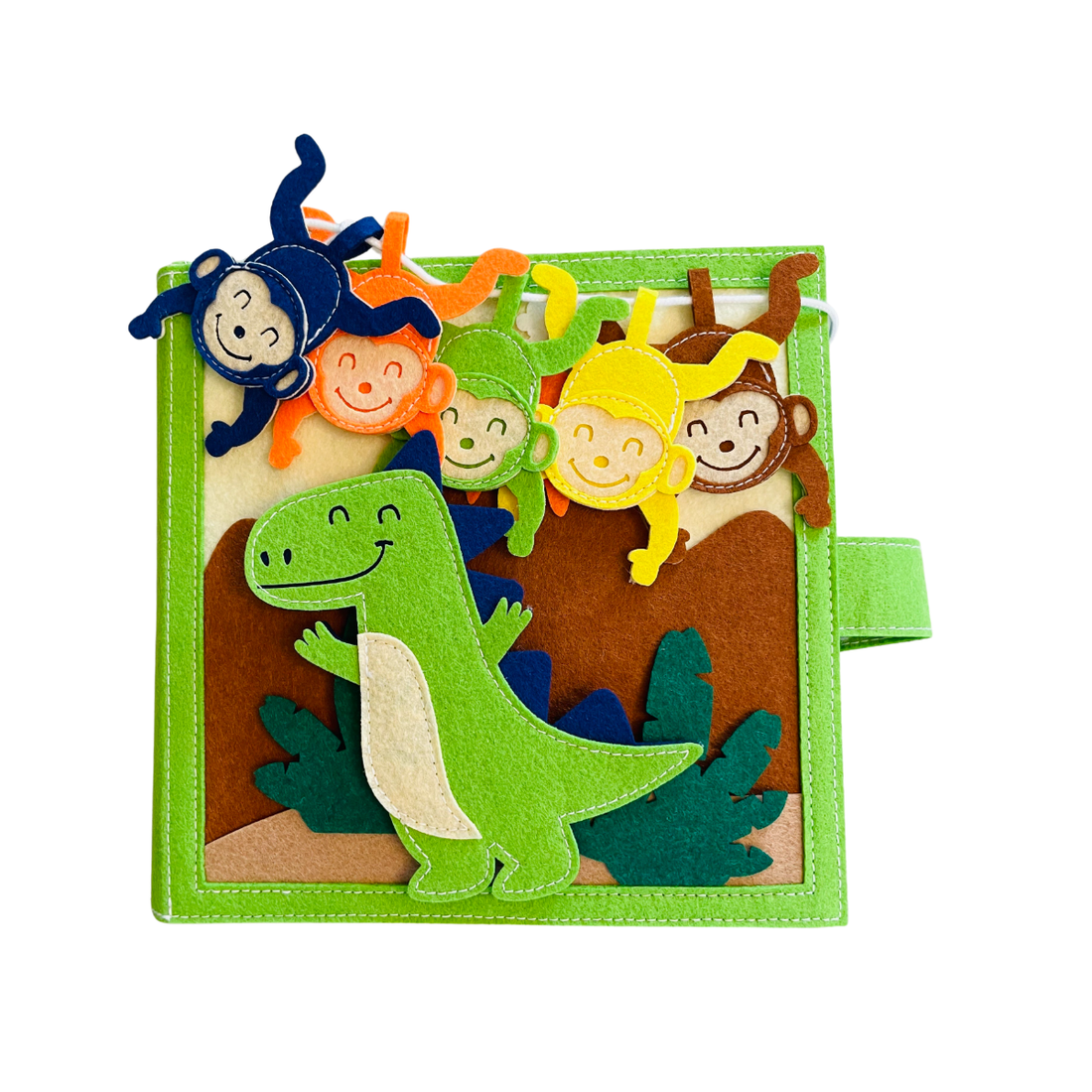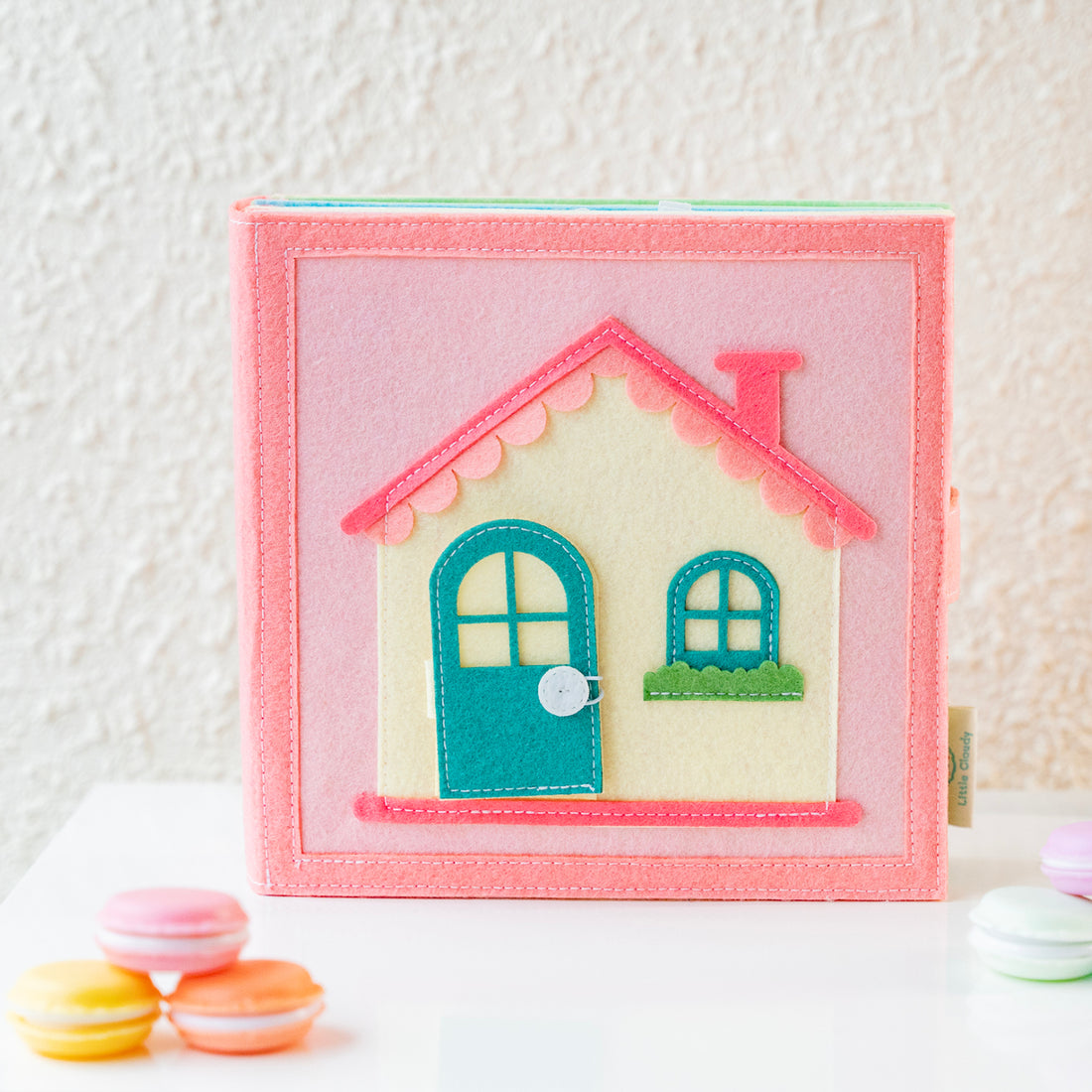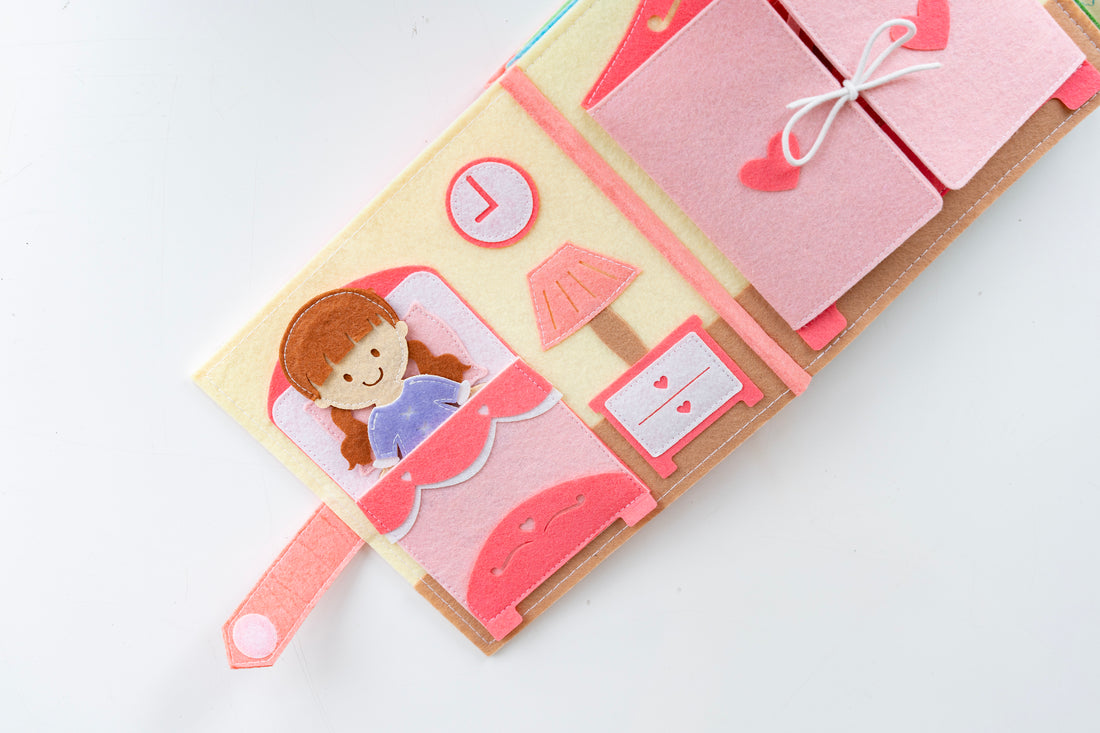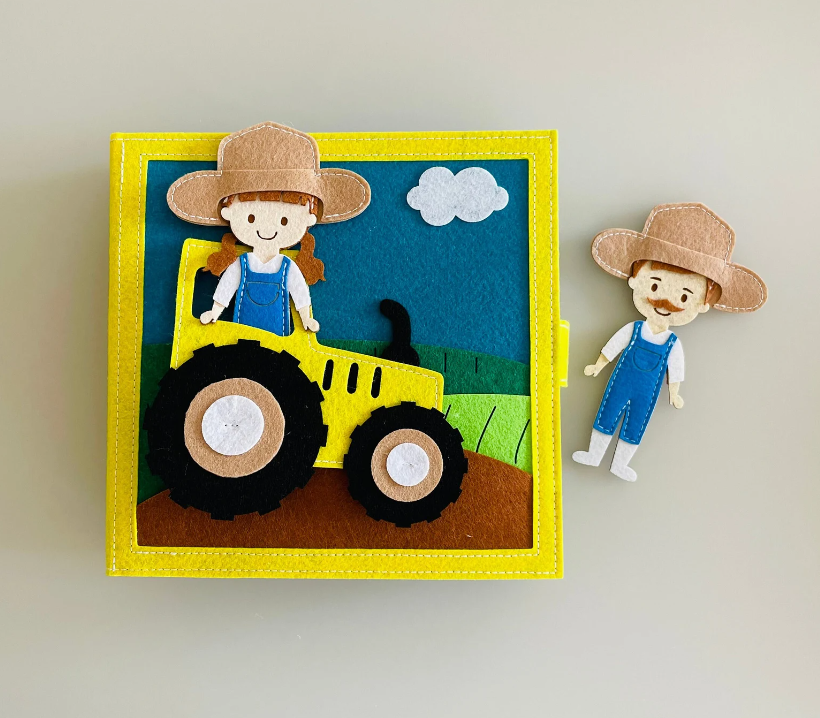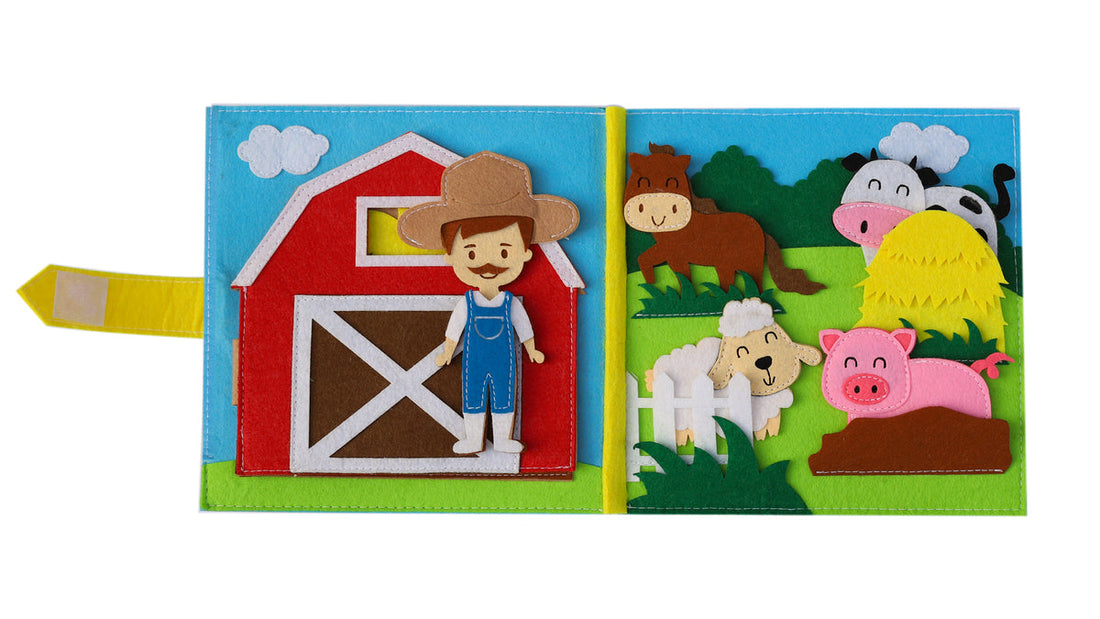Benefits of Busy Books
Discover the numerous advantages of incorporating busy books into your toddler's daily routine. Busy books aren't just entertaining; they're also fantastic tools for enhancing your child's cognitive development. These interactive books engage multiple senses, helping your toddler improve their fine motor skills as they manipulate buttons, zippers, and Velcro tabs. Through these activities, your little one can also enhance their hand-eye coordination and concentration.Moreover, busy books are excellent for fostering creativity and imagination in your child. As they explore the different textures, colors, and shapes within the book, they're encouraged to think creatively and problem solve. This can lay a strong foundation for future learning and innovation. Additionally, busy books can be a great way to introduce your toddler to basic concepts such as numbers, letters, and shapes in a fun and interactive manner.
Types of Busy Books
When exploring the types of busy books available for toddlers, you'll encounter a diverse range of interactive options designed to engage and stimulate young minds. One popular type is the sensory book, filled with textures, flaps to lift, and different materials to touch. These books help toddlers explore their sense of touch and develop fine motor skills.
Interactive busy books include elements like buttons to press, zippers to zip, and buckles to fasten, encouraging little ones to practice hand-eye coordination and problem-solving. Educational busy books focus on teaching concepts like colors, shapes, numbers, and letters through fun activities like matching games, puzzles, and sorting activities.
Story-based busy books weave narratives with interactive elements to enhance storytelling and imagination. Lastly, themed busy books center around specific topics such as animals, vehicles, or seasons, providing a focused learning experience. With these varied types of busy books, there's something to engage every toddler's interests and promote holistic development.
Making Your Own Busy Book
Creating your own busy book can be a rewarding and personalized activity for your toddler. To start, gather materials like felt, fabric, buttons, and zippers.
Next, decide on a theme that interests your child, such as animals, shapes, or colors. Cut out shapes and objects from the materials to create interactive pages. For example, you could make a page with different colored felt shapes that your toddler can match and place in corresponding pockets.
Use a sturdy material like felt or fabric for the pages and bind them together using a hole punch and rings or sewing them together. Personalize the book with your child's name or add elements like textured fabrics for sensory exploration.
Remember to keep safety in mind by securing small parts firmly to avoid choking hazards. By making your own busy book, you can tailor the activities to your toddler's preferences and create a special learning tool that engages and entertains.
Interactive Learning Activities
Engage your toddler with hands-on interactive learning activities that spark curiosity and creativity. These activities aren't only fun but also help your little one develop essential skills. Consider incorporating activities like sorting shapes, matching colors, or identifying animals. Interactive puzzles and games can enhance problem-solving abilities and cognitive development. Encourage your toddler to explore textures, shapes, and sizes through touch and feel activities.
Activities like stacking blocks, fitting shapes into corresponding holes, or arranging puzzle pieces can improve fine motor skills and hand-eye coordination.
Interactive learning activities also provide opportunities for language development. Engage your toddler in simple conversations about the objects they're interacting with. Ask questions that prompt critical thinking and encourage verbal responses. This can boost vocabulary and communication skills. Additionally, sensory activities like exploring different textures, sounds, and visual stimuli can stimulate your toddler's senses and promote sensory processing.
Incorporating Sensory Elements
Incorporating sensory elements into activities for toddlers can enhance their learning experience and stimulate their senses effectively. By engaging multiple senses like touch, sight, and sound, you can create a more immersive and enjoyable learning environment for your little one.
For example, adding textured materials to a busy book page can help them explore different tactile sensations while learning about shapes or animals. Incorporating scented elements like vanilla or lavender can also provide a unique olfactory experience that enhances memory retention.
Furthermore, using sound-making components such as crinkle paper or squeaky toys can capture your toddler's attention and make the learning process more interactive. You can encourage them to identify different sounds or associate specific noises with corresponding images in the busy book.
These sensory-rich activities not only promote cognitive development but also foster creativity and imagination in toddlers. By incorporating various sensory elements into their playtime, you can create a holistic learning experience that caters to their individual needs and preferences.
Enhancing Cognitive Development
To boost your toddler's cognitive development, involve them in activities that challenge their problem-solving skills and encourage critical thinking. Introduce busy books that include puzzles, mazes, and matching games to engage your child's brain. These activities help enhance their memory, concentration, and logical reasoning abilities. Encouraging your toddler to figure out how to complete a task or solve a problem independently can boost their confidence and cognitive skills.
Incorporating activities that involve sorting shapes, colors, or numbers can also aid in cognitive development. These tasks help your toddler develop their categorization and classification skills, which are essential for cognitive growth. Additionally, interactive busy books that require your child to follow simple instructions or sequence events can improve their comprehension and problem-solving capabilities.
Tips for Using Busy Books
For optimal engagement with busy books, ensure you establish a consistent daily routine for using them with your toddler. Setting aside a specific time each day for busy book activities helps create a sense of anticipation and structure for your child. Choose a time when your toddler is alert and in a good mood to maximize their focus and enjoyment.
When introducing a new busy book, start by exploring it together with your child. Point out different elements, ask questions, and encourage hands-on interaction. This initial exploration sets the stage for independent play later on. Be present and engaged during these sessions to model enthusiasm and show your child how to interact with the book.
Rotate the busy books in your collection to keep the activities fresh and exciting. Introducing new themes or skills can spark curiosity and maintain your child's interest. Additionally, observe your toddler's reactions and preferences to tailor the busy book selection to their evolving interests and abilities.
Frequently Asked Questions
Are Busy Books Suitable for Children With Special Needs?
Yes, busy books can be suitable for children with special needs. They offer tactile experiences, promote sensory development, and can be customized to cater to individual learning styles. They provide a hands-on approach to learning.
How Can Busy Books Help Promote Fine Motor Skills?
To promote fine motor skills, engage in activities like threading beads, buttoning, and using stickers in busy books. These tasks enhance hand-eye coordination and finger dexterity, aiding in developing essential motor skills for children.
Can Busy Books Be Customized for Specific Learning Goals?
Yes, you can customize busy books for specific learning goals. Tailoring activities to focus on areas like colors, shapes, numbers, or letters enhances the educational experience. Personalizing content helps children engage and learn effectively.What Age Range Are Busy Books Most Suitable For?
Busy books are most suitable for toddlers aged 2 to 4. They engage young minds with interactive activities tailored to their development stage. These books foster learning through play and are designed to capture their attention.
How Can Busy Books Be Used to Encourage Social Skills?
To encourage social skills using busy books, engage in interactive storytelling, ask open-ended questions, and encourage turn-taking during activities. These practices foster communication, cooperation, and empathy, laying a foundation for strong social interactions in toddlers.
In conclusion, Busy Books for toddlers offer a dynamic and engaging way for little ones to learn and play. By incorporating sensory elements, interactive activities, and personalized content, these books provide a fun and effective way to enhance cognitive development, fine motor skills, and creativity.
Whether you choose to purchase Busy Books or create your own, they're sure to provide hours of educational entertainment for your child. So go ahead, get creative, and enjoy the learning journey with Busy Books!
